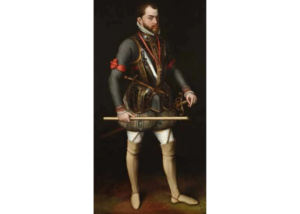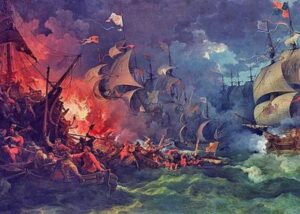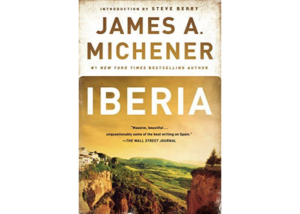To put things into a perspective man has to know about the past. From the Romans to the present day, Spain has played an important role in the progression of the Western World. InSpain.news gives a resume of the history of Spain based on several (scientific) sources. Part 13 talks about Philip II and his reign. Read all previous parts here.
In the 16th century, Spain became a European superpower through intelligent marriage policy and a world power through the discovery of the Americas. As a result, Spain experienced its absolute peak under Philip II.
Inefficient administration of Spain
Philip II, based in Madrid, was the absolute ruler of Spain that was governed from the regions. Often, the regional authorities carried out their work on days’ travel from Madrid. Furthermore, Philip’s instructions would often conflict with regional interests. Therefore, all this made the daily administration of Spain inefficient and, moreover, corrupt.
Hyperinflation, decadence and neglect
Spain initially prospered economically due to the large amount of gold and silver from the Americas. In addition to hyperinflation, all this value that entered the Spanish economy, led to decadence and neglect. Moreover, little attention was paid to agriculture. Consequently, Spain became dependent on the import of agricultural products, which were paid for with gold and silver from the Americas. Nobility and church were exempt from paying taxes.
Spain 3 times bankrupt under Philip II
The wars, especially those against the Netherlands, also took their financial toll. In the second half of the 16th century, Philip II was forced to have Spain declared bankrupt no less than three times. As a naval power, Spain also had to deal with competition from England and the Netherlands.
Poverty and epidemics
By the end of Philips II’s reign, Spain’s economic situation had deteriorated severely with the third bankruptcy in 1596. The population was impoverished and suffering from severe epidemics. The Spanish territories in Italy resisted the Spanish rule. A peace agreement unfavourable for Spain was concluded with France.
In Islamist Spain the foundations had been laid for the Renaissance and so the Moors eventually had a major influence on the further development of Christian Western Europe. In Western Europe a broad middle class developed during the Renaissance, making prosperity accessible to many.
If Spain had kept her ‘pearls’
Spain, on the other hand, remained in isolation behind the Pyrenees, averse to the new ideas that were taking hold in Western Europe. Spain was mainly concerned with expelling those groups that represented almost the entire middle class and related knowledge and skills: the former Moorish rulers and the often socially successful Jews.
James A Michener puts it this way in his very readable work “Iberia” (p 536): “An oyster can live to itself, but without grains of sand for agitation it cannot produce pearls”. To continue: “If Spain had kept her Moors, her agriculture and manufacturing would have prospered. If she had kept her Jews, her commercial management would have kept pace with England´s. If she had retained a few inquiring Protestant professors, her universities might have remained vital. And if she had held onto her Illuminati, her spiritual life would have been renewed”. To continue: “If she had done these things, she’d now be a better Spain. But she wouldn’t be Spain (the so beloved country by Michener)”.
Thanks to the gold and silver from the Americas, the absence of a middle class was initially hardly felt economically. Much of the money earned from the colonies was spent on wars outside Spain in defence of the Catholic Church. The Spanish prosperity was not the result of changes from within but was mainly the result of the efforts of a small group of conquistadors and a powerful fleet. Under Philip II, the decline of Spain set in which would eventually result in centuries of isolation and economic backwardness in Europe.
Strong dichotomy in Spanish society
The large elimination of the middle class and the great influx of gold and silver led to a strong dichotomy in Spanish society, rich and poor, and continued to be seen in the Spanish economy well into the 20th century.
Partly thanks to Philip II, Catholicism is a world religion and Spanish is a world language. It was only after Franco, with the transition to democracy in 1978 and membership of the European Union in 1986, that Spain emerged from centuries of isolation. The Spanish economy was modernised, partly thanks to European financial support. Spain is now a European democracy that, despite its brutal history, maintains good relations with many of its former Spanish-speaking colonies.





